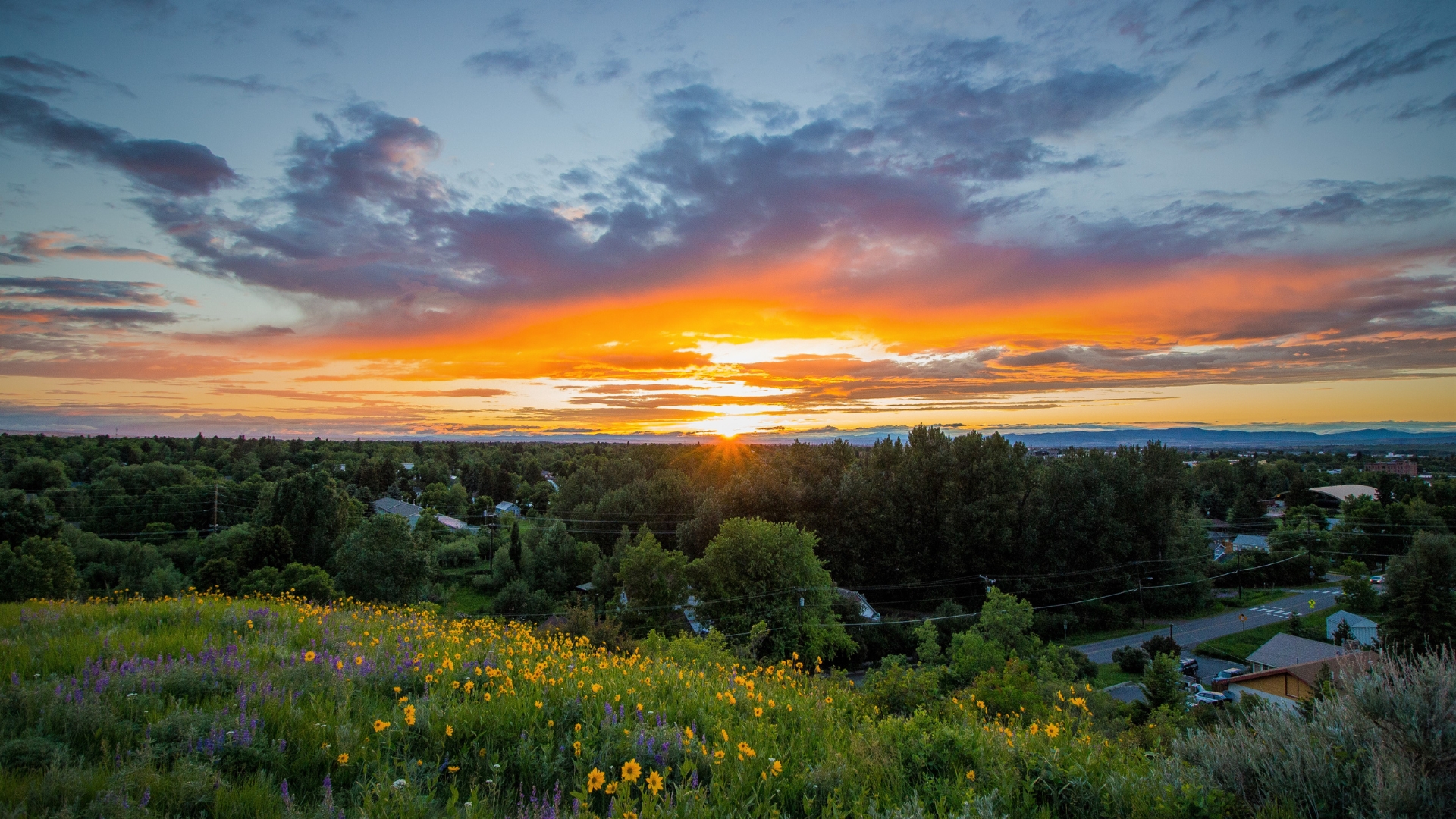In these times of momental uncertainty brought on by the COVID-19 pandemic, there may be no better medicine, no better reprieve from the emotional and psychological stresses we are facing, than time spent by a river.
I discovered that in the past week after cabin fever got the best of my family, persuading us to pack up the car and head to our local fishing access site. We are fortunate to live mere minutes from Cherry Creek – the English translation of what the Apsaalooke/Crow and Niitsitapi/Blackfeet named the East Gallatin River because of its historically lush concentration of native chokecherries. As inhabitants of Greater Yellowstone, we are privileged to have access to wild rivers that afford us the opportunity to reclaim some sense of sanity amidst the COVID-19 pandemic. Many people across the world facing the pandemic do not have this privilege to recreate.
My family’s purpose wasn’t to fish or paddle, though both activities were naturally tempting. For the time being, we just needed to walk, witness, connect, and listen to the stream. Having spent the winter and early spring skiing in the mountains in landscapes dominated by snowpack, alpine ridgelines and seemingly more stationary terra firma, the sounds and sites of moving water were reminders that change is constant and everything passes. This lesson, of course, is nothing new. But perhaps we need that reminder now more than ever.
In past weeks, it is no surprise o see Montanans finding their own respite from COVID-19 along rivers. While winter and spring wrestle with each other for dominant attention, Montanans are finding their weather windows to motivate and return to streams like the Gallatin, Madison and Yellowstone. Understanding the mental health and physical wellness associated with connecting to these hallowed waters and other revered public lands, Montana’s Gov. Steve Bullock considerately exempted outdoor recreation from Montana’s stay-athome order.
Essentially, by keeping some access open to public lands and waters, the governor kept church open for many Montanans. The spiritual fulfillment that drives us back to our local rivers also stimulates a deeprooted source of inspiration to continue protecting rivers at the Greater Yellowstone Coalition.
GYC is now 10 years deep in a campaign with our partners at Montanans for Healthy Rivers to protect some of Montana’s last, best free-flowing rivers on public lands by designating them National Wild and Scenic Rivers. With over 1,000 businesses endorsing the effort, and roughly 3,000 Montanans adding their signature as champions, we spent the past few years developing new Wild and Scenic Rivers legislation. In 2019, many of our business partners wrote op-eds in state newspapers and many more supporters across the region called Sen. Tester, Sen. Daines, and Rep. Gianforte to ask for a broadbased, made-in-Montana, Wild and Scenic Rivers bill introduction in Washington, D.C.
The recent 2020 University of Montana public lands survey showed 79% of Montanans support draft Wild and Scenic River legislation called the Montana Headwaters Legacy Act. Focused on streams in Montana’s part of Greater Yellowstone and the Smith River system, the draft Montana Headwaters Legacy Act will protect 17 of Montana’s most storied rivers totaling 336 stream miles by adding them to the National Wild and Scenic Rivers System. This will ensure that streams like the Gallatin, Yellowstone, Boulder and Stillwater remain clean and free-flowing in perpetuity.
Even amidst a global pandemic, our values and commitment to protect the waters of one of the world’s last remaining, relatively intact ecosystems, remain unchanged. We will get through the COVID-19 pandemic together. And on the other end, we will celebrate protecting our healthy rivers and preserving our public health with gratitude.
Charles Wolf Drimal is the waters conservation coordinator at the Greater Yellowstone Coalition.
Bozeman Daily Chronicle Guest Editorial 5/9/20

